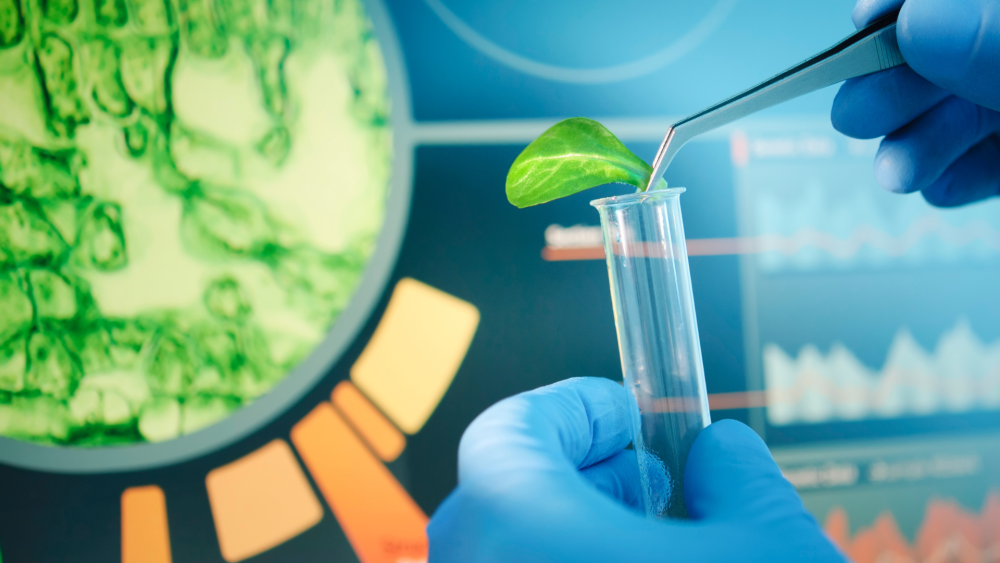Biomass: a source of innovative molecules & materials
Building a strong bioeconomy is crucial if we wish to achieve carbon neutrality and limit greenhouse gas emissions by 2050. This process requires us to effectively produce, mobilise, and transform biomass. We must replace our current economic model—based on fossil fuels—with a circular economy that is based on bioresources. It is necessary to prioritize food and feed production while simultaneously directing biomass towards the development of renewable molecules, materials, and energies, all while preserving the environment and biodiversity. In this spirit, the European Green Deal aims to boost economic growth in the EU while simultaneously limiting natural resource use, which has tripled over the last 50 years.
Closing the bioeconomic loops at a glimpse [Infographic]

Press Kit: Navigate through INRAE’s innovative research
Harvesting the bounty of biomass
The United Nations Environment Programme estimates that, by 2050, the global population could be consuming up to 140 billion tonnes of minerals, ore, fossil fuels, and biomass per year, a three-fold increase over current levels. Clearly, we must develop worldwide systems for transforming, exploiting, and reusing biomass to promote sustainable and purposeful usage as well as to foster greater planetary health.

Example
Animal bones, yielding useful moleculesIn the livestock production system for meat and milk, nearly 50% of the animal weight ends up as residue. INRAE’s researchers have found that animal bones are a rich supply of resources, whose valorisation can have an important role to promote the food transition.
Transforming complex materials
Drawing inspiration from nature, researchers are developing new ways to break down plant matter, a key process in green chemistry. These methodologies have promising industrial applications.

Example
Camelina: a source of custom-made oils!Researchers are breeding camelina varieties for the production of oils with different profile for various applications for health, food, feed, and cosmetic industries. Increasing genetic diversity of camelina will help diversify the oilseed industry while promoting more sustainable agricultural systems.
Transitioning towards low-carbon industries
We must speed up the adoption of agroecological practices to respond to the global climate emergency. This goal can be accomplished by establishing a circular bioeconomy that encourages the transformation and recycling of waste and residues. Indeed, something must be done to deal with the billions of tonnes of waste generated by the global population, which could swell to 9 billion by 2050. Additionally, the bioeconomic model accounts for all the social and environmental impacts of economic activities.
INRAE resources for building the bioeconomy
The research activities of INRAE encompass a broad range of themes, utilizing various technological fields. The objective of the Institute is to develop Research Infrastructures (IR) across all these areas. While already coordinating IRs within its area of expertise, INRAE also supports generic IRs or those shared by multiple institutions. These infrastructures span various research domains, including bioeconomy. Discover 3 of our infrastructures on biotechnology.







